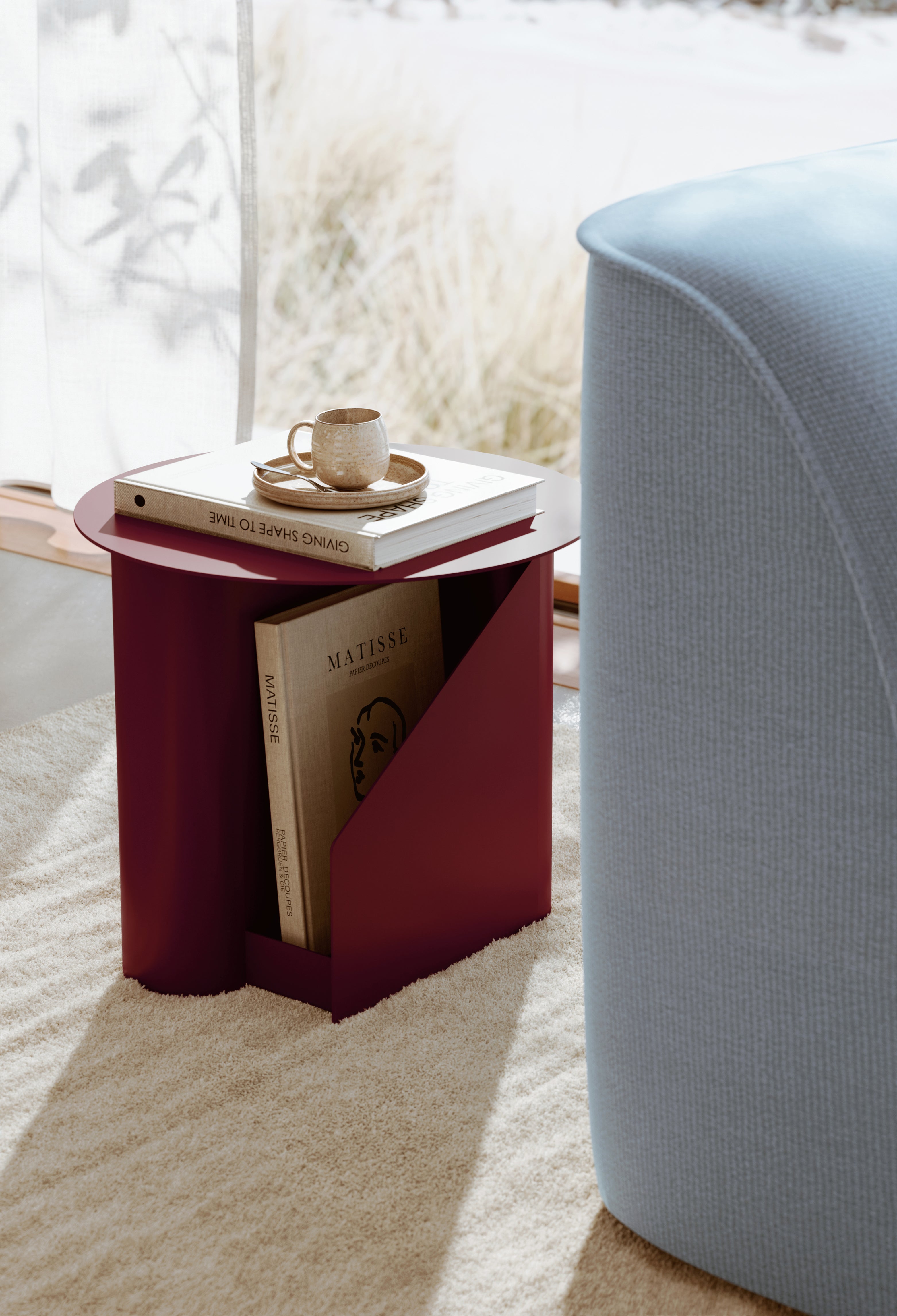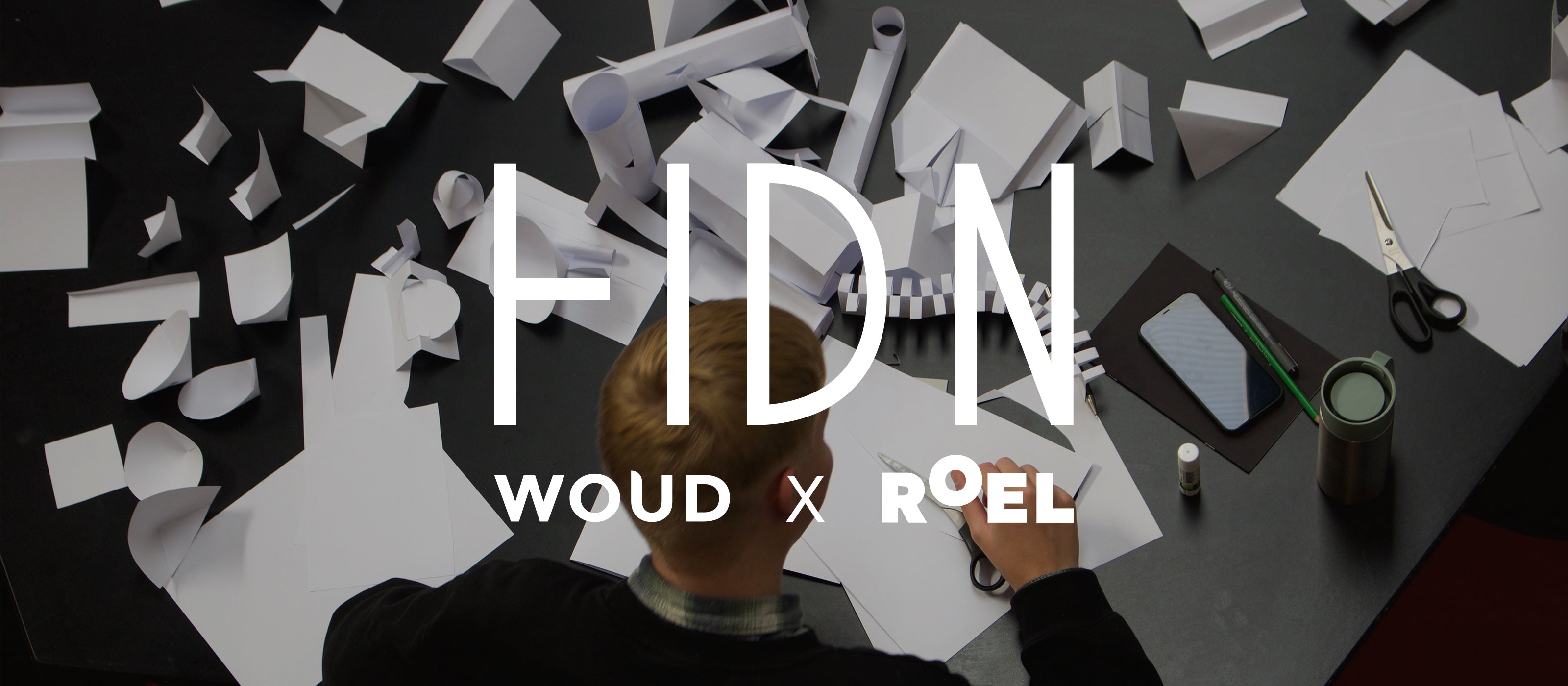A revealing design language
HIDN is a way of designing with an aim to add purposeful, obvious functionality, aesthetics or value to a design without adding obvious material. It is all about the hidden things you see and don’t see around you. It is a consistent exploration and search for possibilities hidden in material or processing to reveal a hidden shape, function, idea, efficiency, emotion or design feature. They are the hidden treasures you unexpectedly discover while designing.
Approaching the design process with the HIDN concept, you look at products in a new way. Think of it as a natural step in the table of contents for every line drawn and idea thought. Pushing the boundaries of the common use and reuse of waste, the fundamental principle comprises utilising and optimising material and resources at the beginning of a process and not after the production phase.
This essential principle is considered precycling. A guideline for the HIDN design language. With a precycling approach, you actively take initiative before the production phase, before the materials actually become waste. You optimise the materials and processing at an early stage while thoughtfully revealing the hidden possibilities. A cornerstone in waste reduction and a fundamental element of the HIDN design language.
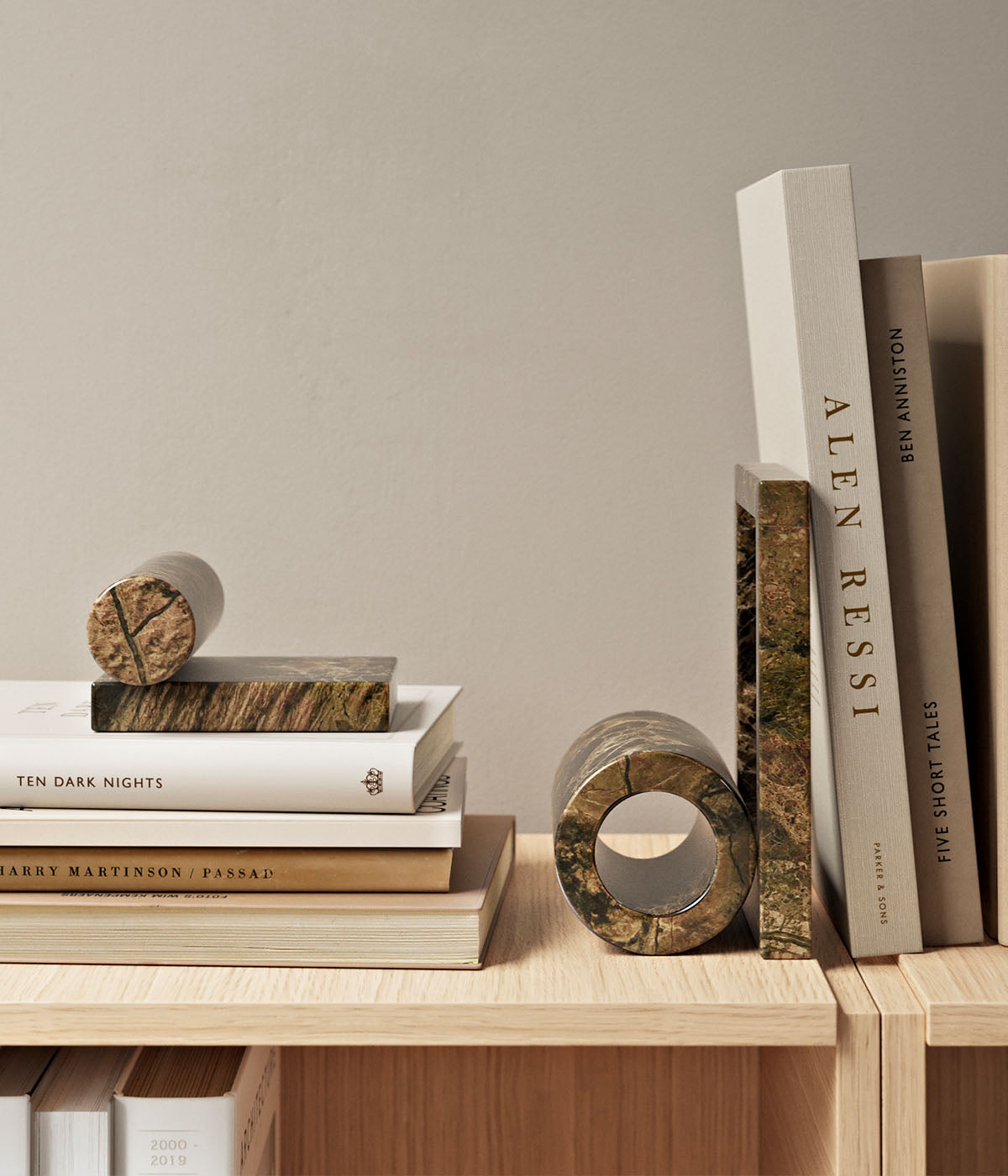
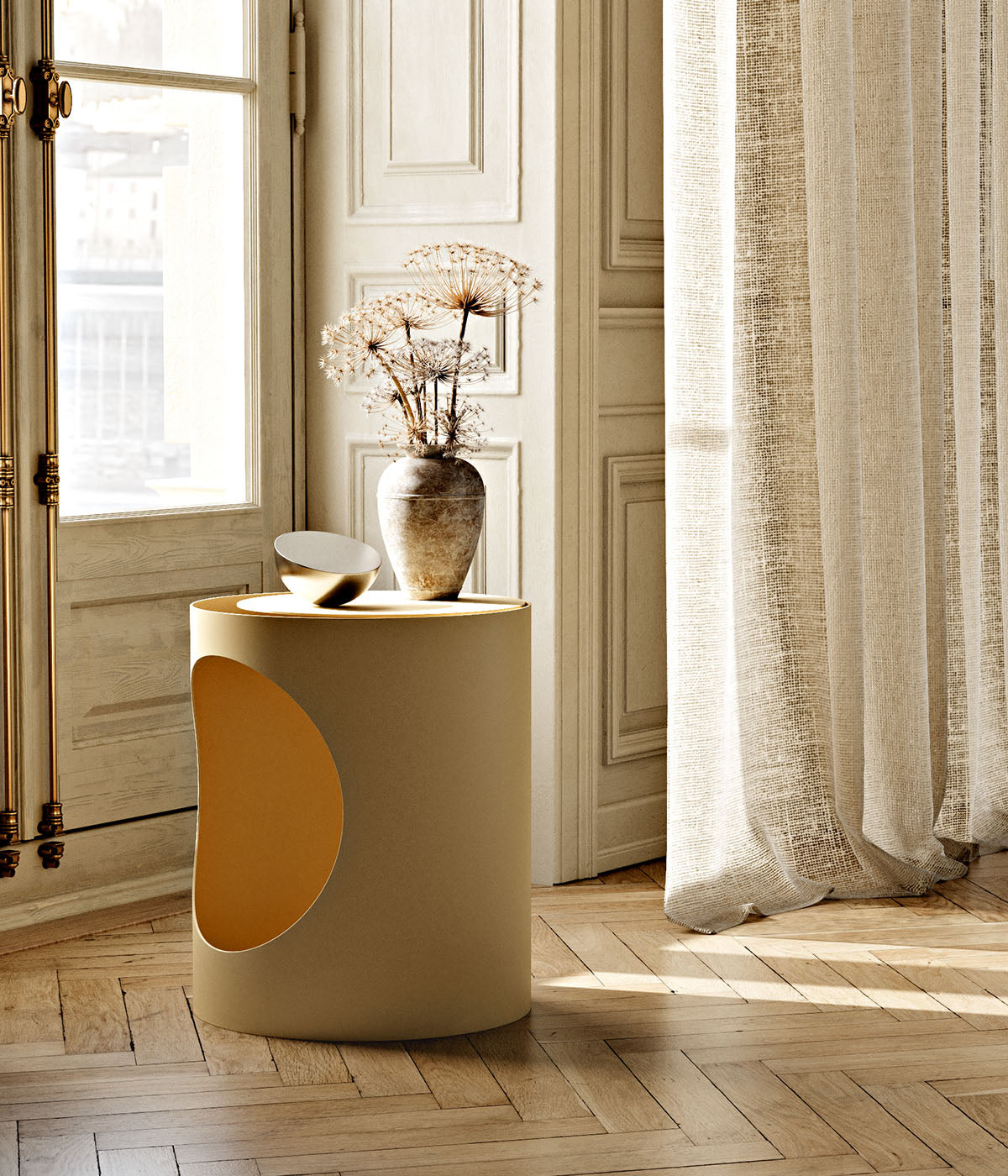
In short, the HIDN design language is
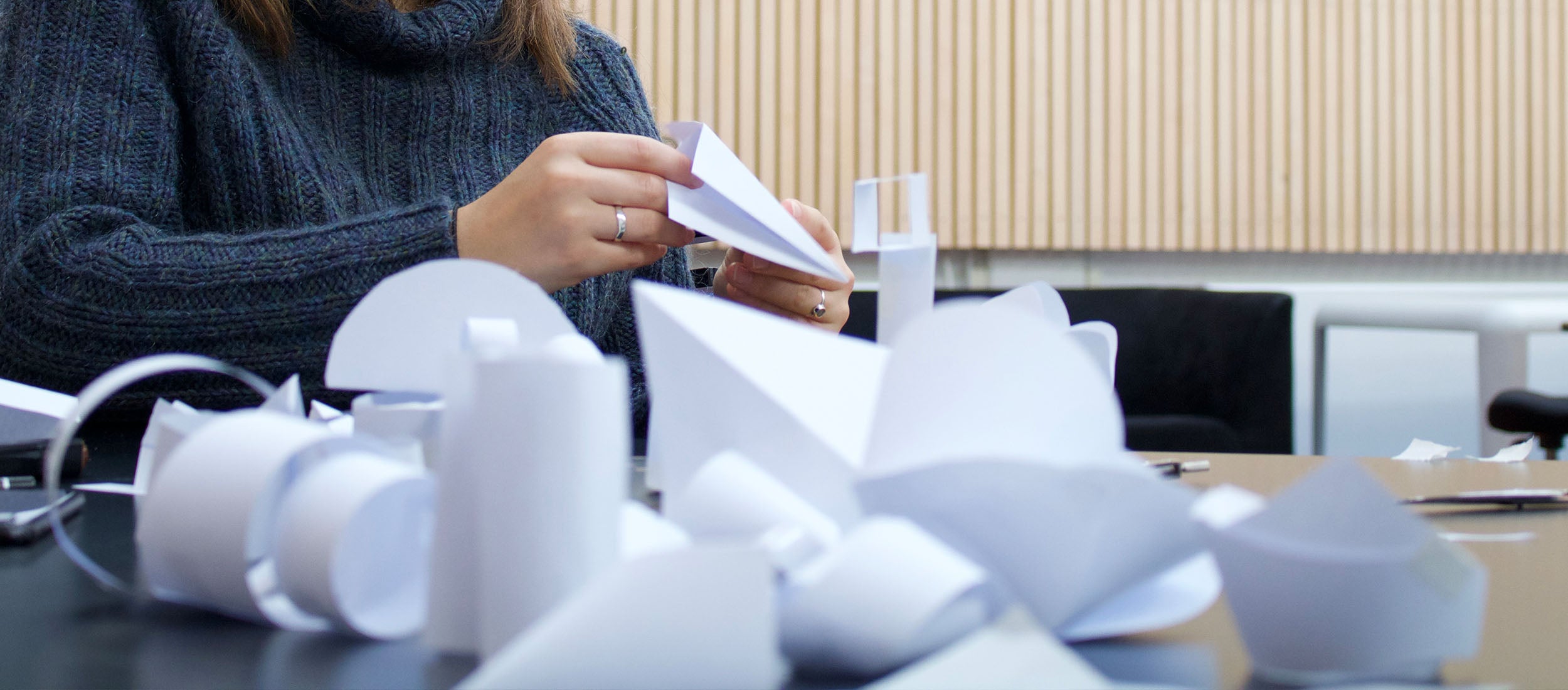
Back to our roots
The way we collaborate with designers is near and dear to our hearts. And it has always been. Therefore, it makes beautiful sense to us to cherish the creative students and upcoming design talents by welcoming their new thoughts and inventive views on future design. To stay true to our founding vision of establishing a design collective of newcomers to give something back.
In 2023, we launched the HIDN design competition, encouraging designers to become a part of the HIDN collective. To discover and explore the hidden gems themselves. This resulted in hundreds of surprising, engaging and original products, and a new HIDN product became part of our WOUD collection.
Discover the HIDN Design Competition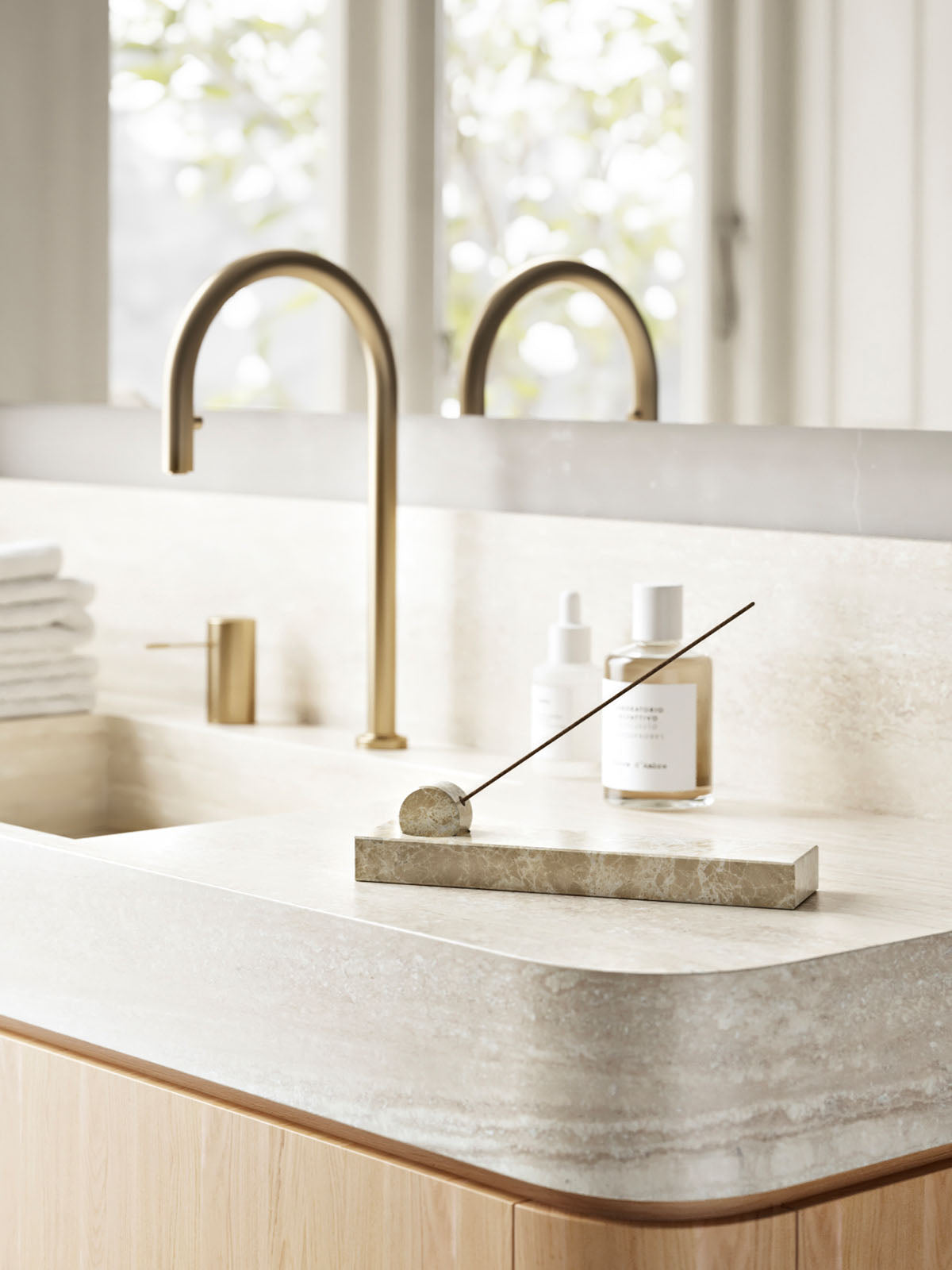
"Let the HIDN concept form a way to think out of the box, be innovative and unfold your creativity"
- Roel Vandebeek
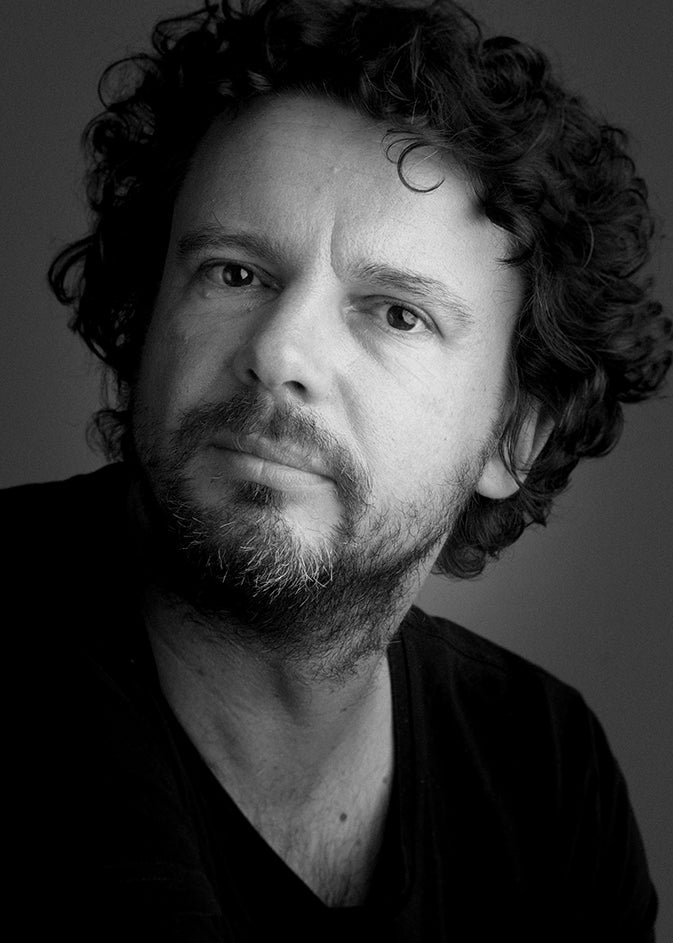
Meet Roel Vandebeek
The creative mind behind HIDN
Humour, user-centred design, tactility, efficiency, sustainability, semiotics, thoughtfulness, simplicity with a touch of originality. These are some of the aspects reflecting the work of the experienced Belgian designer and artist Roel Vandebeek. He highly values engendering interaction through design. Encouraging to enter a dialogue.
Since the very beginning of his career, he has explored various spectrums within art, industrial design and interior design. This holistic view of design projects made Roel establish the creative hotspot Dêpot des Arts. This constellation allows him to commence and delve into projects with uncompromising possibilities and wholeheartedly find ways to solve the case.
With his creative mind, he is the driving force behind the HIDN concept. A design language brought to life to approach waste reduction differently while creating purposeful designs. “I hope that this new way of thinking and handling of new products can be seen as an inspiration to think about other issues in the same open way. I believe that the role of designers is more and more to reach new ways of solving problems rather than it is only designing new things,” Roel Vandebeek explains.
The HIDN Collection
To bring the HIDN concept to life, we have explored how its principles could take shape in physical form. Below, we share a selection of conceptual designs created as a creative exercise, each reflecting different aspects of the HIDN mindset. While only one is in production, the rest are presented here as inspiration
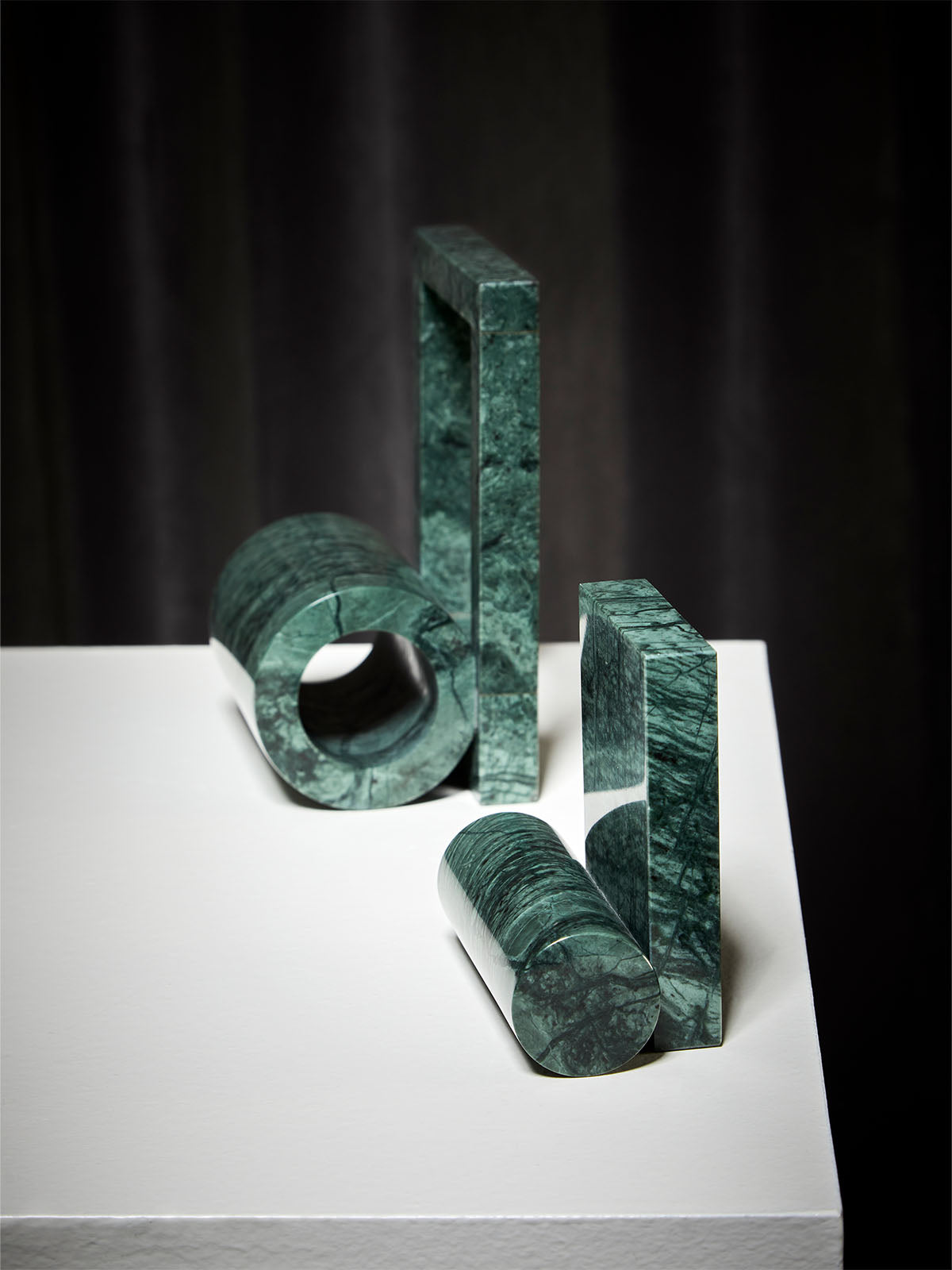
BOOKND
Booknd appears as a true demonstration of a fundamental pillar in the HIDN design language: Getting more out of a product than initially planned.
To obtain its basic function efficiently, a bookend needs a certain mass. A mass that, in this case, hides an additional piece, you can take out and use for a second bookend. Giving you two individual products instead of one without adding any additional material. With the HIDN approach, the Booknds both optimise the material and process while illustrating a transparent connection. Although the Booknds are separated by books, they are visually connected, which strongly enhances the unity of the objects. Demonstrating the HIDN design language in a tangible and perceptible way.
Shop Booknd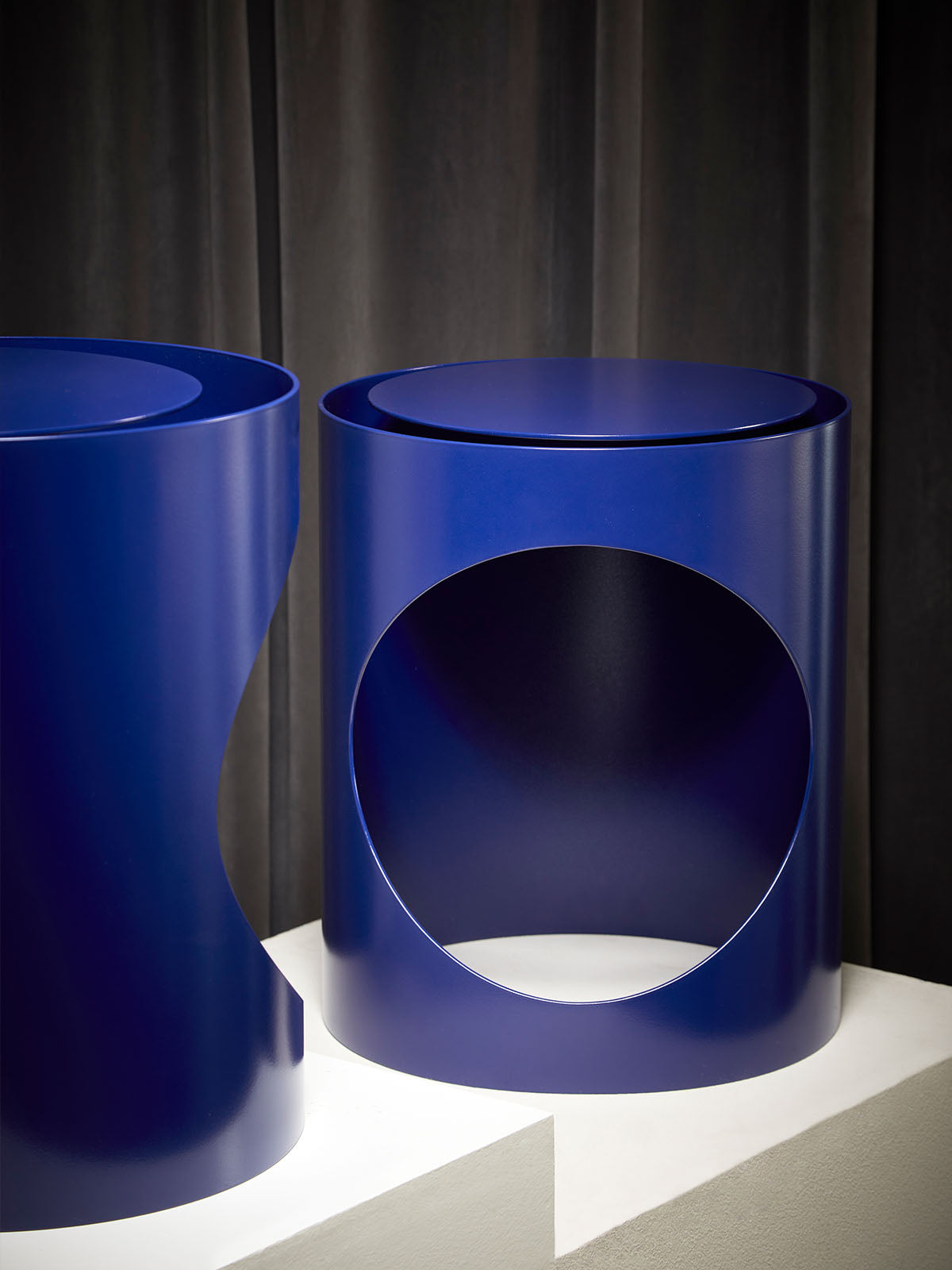
TABL
Have a look at Tabl. Can you spot the hidden part? A circular part of the classic cylindrical base has been cut out and transformed into a functional tabletop. Consequently leaving a round, open space in the foundation. Creating a strong visual silhouette. With this playful and tangible approach, we efficiently optimise the material by providing the design with a new function without adding additional material. We deliberately optimise the production process as the laser cutter can create the base and top simultaneously. And we responsibly reduce waste in an earlier stage as the shapes from the opening and the top recur.
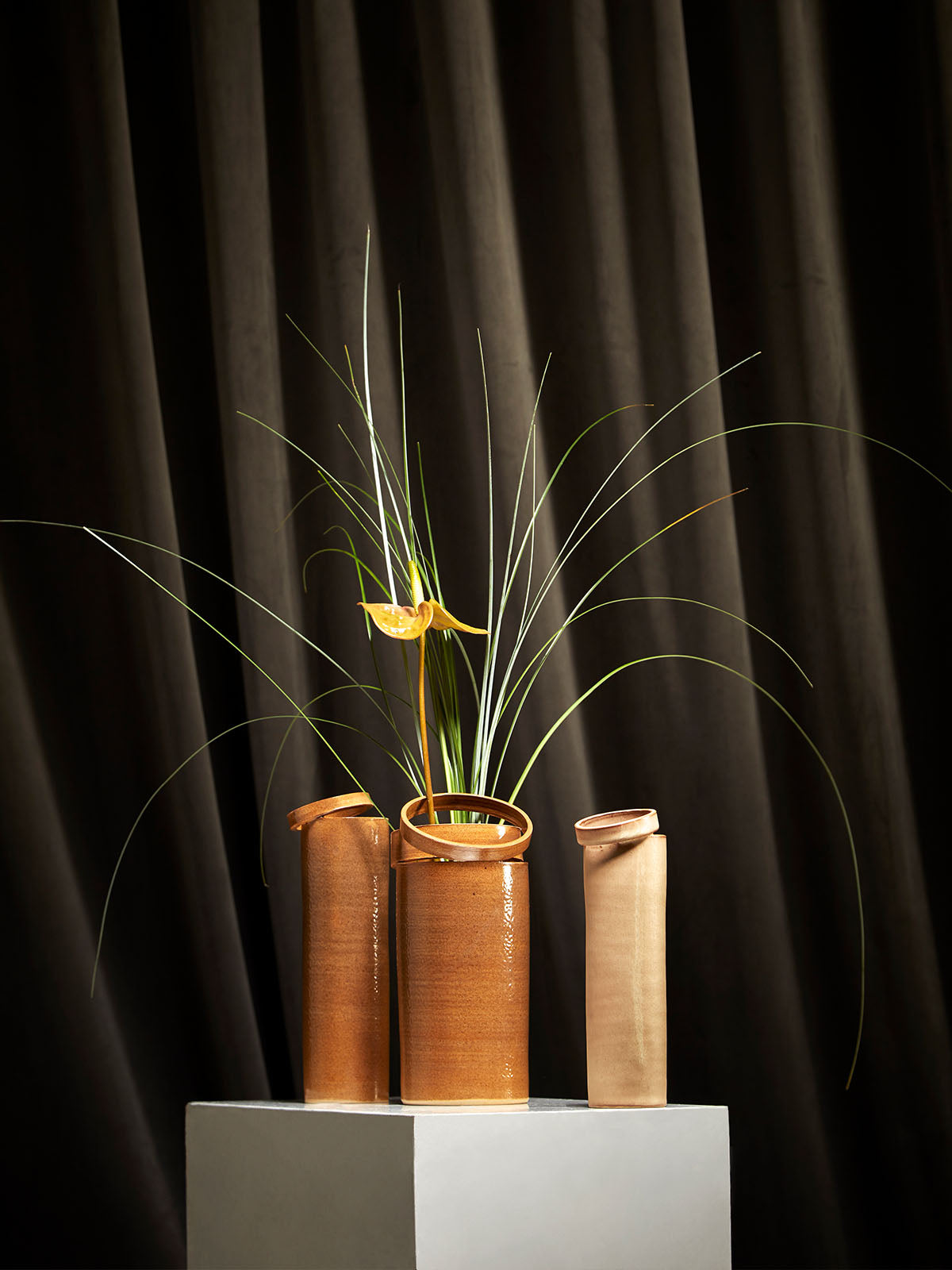
FLOWR
There are a lot of latent possibilities hidden in fundamental, basic shapes, waiting to be revealed. Based on the archetypal silhouette of a vase, the inspiration for Flowr emanated. With an aim to add an ingenious, purposeful function while enhancing the visual aesthetics, the idea of integrating a flower divider arose. Not as a separate element but by simply taking the material from the vase and form itself.
As a natural integrated step in the production process, the ceramist can effortlessly cut off one or two rings from the top of the finished traditional vase to reposition them at an oblique angle. A design feature that allows you to arrange individual stalks or fascicles of flowers in a vivid yet defined way. This added value is what the Hidn design language is all about.
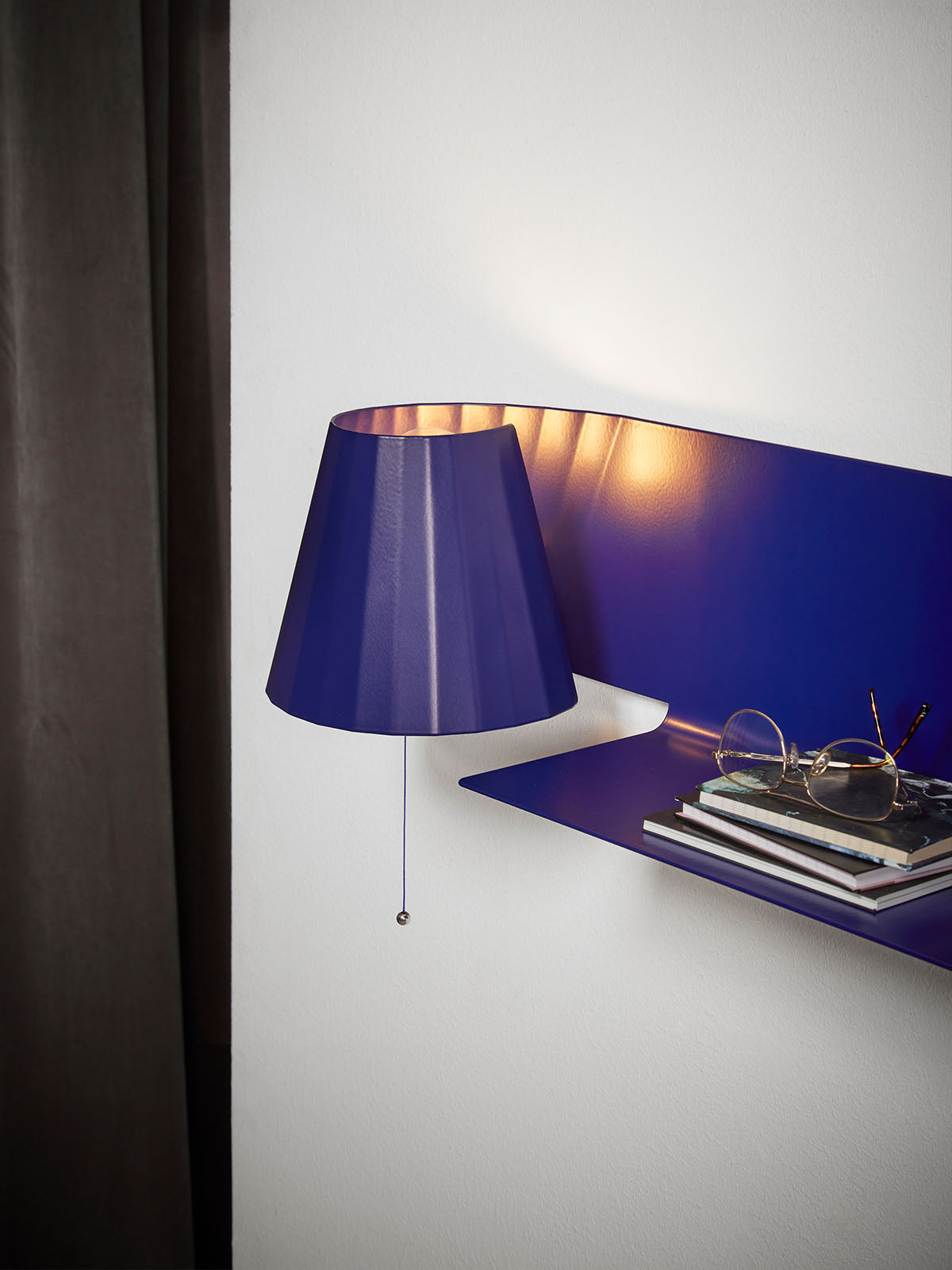
BOOKLIHT
As the name refers to, Bookliht unites a bookshelf and a lamp in an honest and transparent way. Subtly merging two common functions. Bookliht illustrates a different take on the HIDN design language. By implementing the HIDN approach as a natural part of the design process, the opportunity for integrating a lamp into a shelf was revealed to the designer. He found a hidden idea to add a new function. The result is a playful and distinctive design that leaves you with a moment of wonder.
Made from the same piece of metal, the additional material, that has been added to form the lampshade, is added at the right moment of the production phase to optimise the process. Also, with this combination of two products in one, there is only one production, one packaging and one transportation.
Get in touch
Curious to learn more about HIDN? Whether you have questions, need further material, or would like us to host a presentation or workshop, we would be happy to hear from you.

